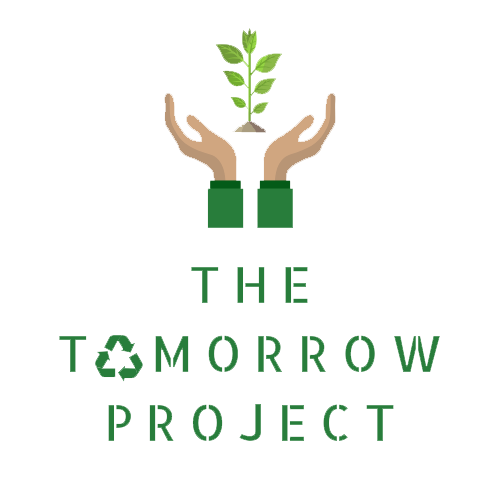Expiration Dates
Ever pulled some yogurt out from the back of the fridge, noticed that the “use by” date has passed, and thrown it out? Don’t worry, you’re not alone. According to a 2016 Harvard study, 84% of surveyed consumers at least occasionally discard food close to or past the date on its package. But the reality is, much of this food is still safe to eat and when we throw out food still in its prime we are contributing to the extraordinarily high levels of food waste in this country.
40% of the United States’ food supply is thrown out each year. You read that correctly - 40%. This costs the nation 218 billion dollars annually and ⅔ of that stems from household waste. Not only does this contribute to problems like food insecurity and social inequity, but this also has massive implications for our efforts to fight climate change. According to the World Resources Institute, if food waste were a country, it would be the third-largest emitter of greenhouse gases behind China and the U.S. And climate experts worldwide have identified limiting food waste as a large part of the fight against climate change. In fact, some studies show that if we were able to end food waste entirely, 11% of greenhouse gas emissions could be eliminated.
Now, in reality, food waste is close to impossible to eliminate entirely. Food goes bad, that’s a fact. But, according to a UK study, 20% of household food waste is created due to misconceptions around expiration dates. If I asked a group the difference between “best by,” “best if used by,” “expires on,” “freshest by,” “sell by,” and “use by” each person would give me a different answer. And the reason for that is there is no standard for labeling foods. Each region, distributor, or store can use these labels as they see fit which leads to confusion from consumers.
Now, let’s think about what these labels mean to you. Which of the above labels refer to quality and which refer to safety? The reality is all of them currently refer to quality. Even the label “expires by” is an indication of when an item no longer has the quality that the producer guaranteed.
Confusing food labels contribute to massive amounts of food waste which, in turn, contributes to the climate crisis worldwide. But as consumers, how should we address this? Well, the reality is, our bodies are pretty good at identifying foods that have gone bad. If you’ve ever smelled milk past its prime, you know what I’m talking about. I’d like to make it clear that even though labels on food may be misleading, it’s still vital that people ensure that perishable items like fresh produce, meat, eggs, and dairy products are still food safe when you eat them. The good news is that there are a few tips and tricks you can use to identify what is still safe to eat.
According to Diane Javelli, R.D., a clinical dietitian at the University of Washington Medical Center, people should “Look for visual signs of discoloration or mold. If the product gets mushy or really runny, if it smells bad, if the texture of fruit has become mushy or grainy, that’s probably a sign that it’s past its peak...For uncooked meat, if it becomes slimy or sticky, these are all signs, absolutely, that the product should not be used.” People also should note when they open food items. Milk, for example, is safe for 5-7 days after it has been opened.
So moving forward, keep in mind that food labels are not standardized and typically refer to quality rather than safety. When in doubt, look up the typical “shelf life” of a food item that you’re concerned about. Rather than simply throwing the food away, take a few minutes to do some research and make sure you’re not just throwing it out because of a label. With 2 minutes of new knowledge, you can save hundreds of dollars and reduce our global food waste.
